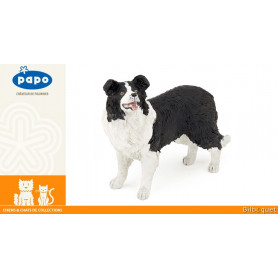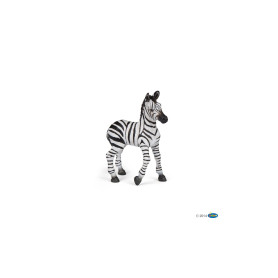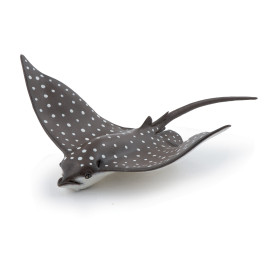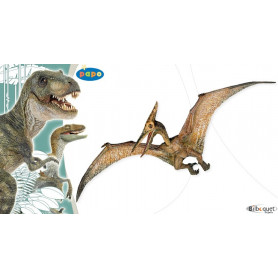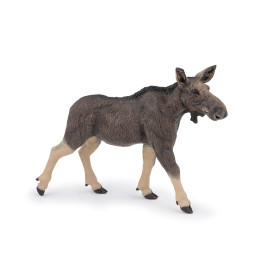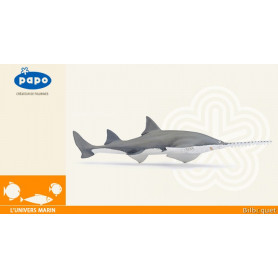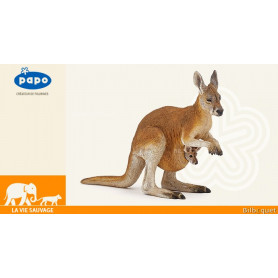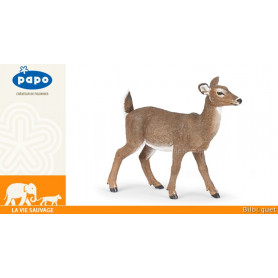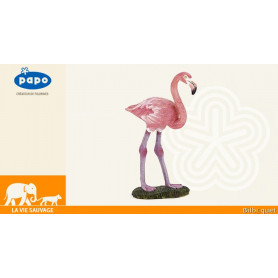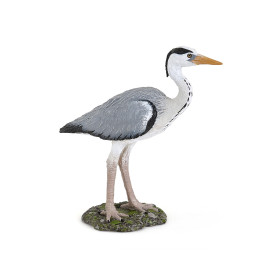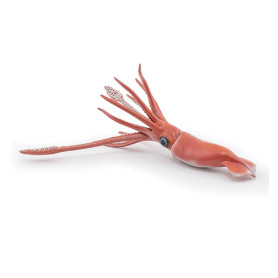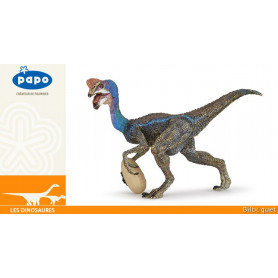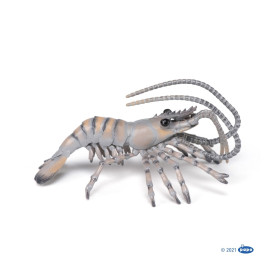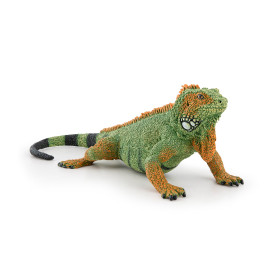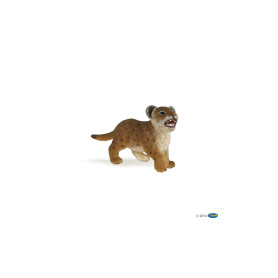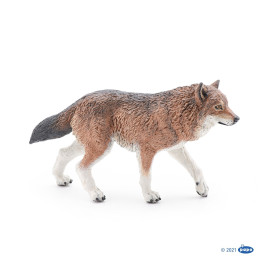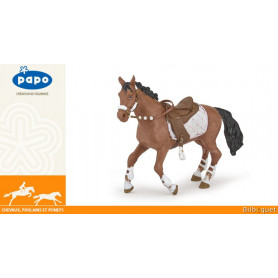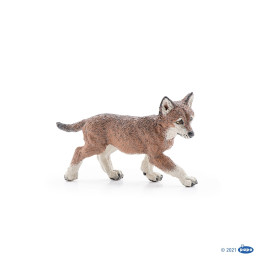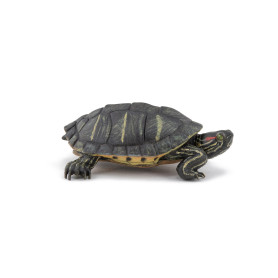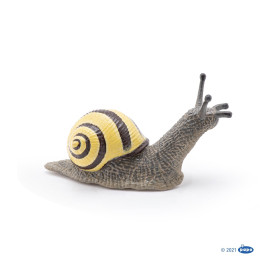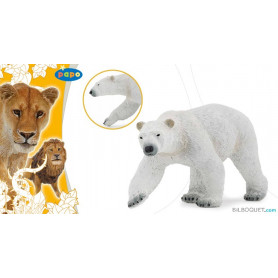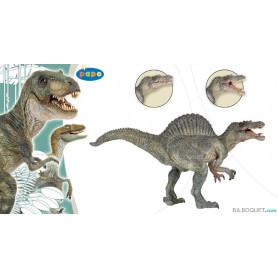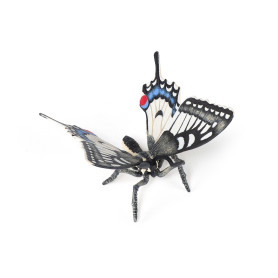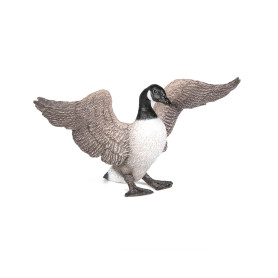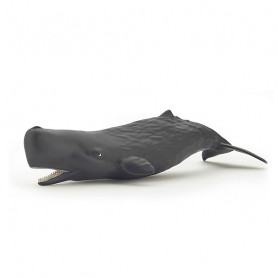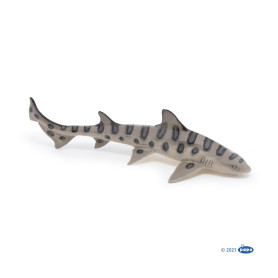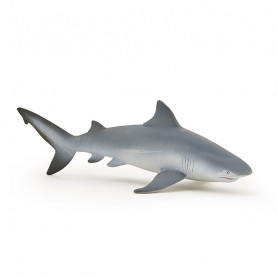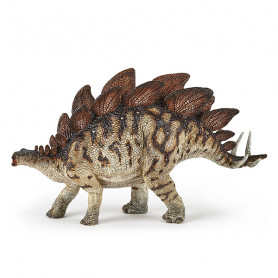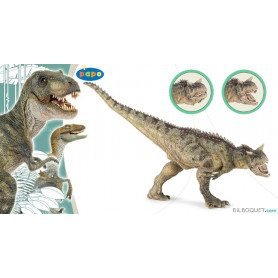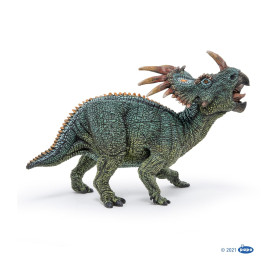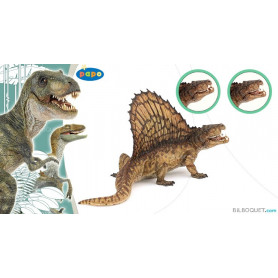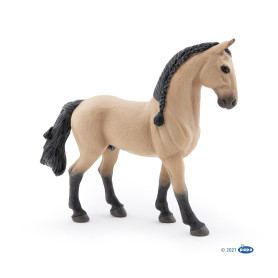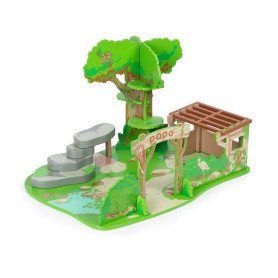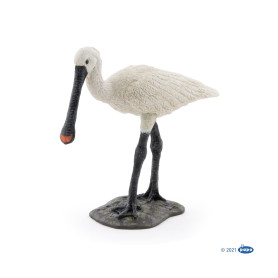Animal Figurines
Discover our collection of Animal Figurines for Children at Bilboquet
At Bilboquet, we celebrate the wonder of childhood with our exquisite selection of animal figurines. Each figurine in our collection is chosen for its quality, originality, and educational potential, guaranteeing not only fun, but also enriching learning.
A world of play and imagination
Our animal figurines plunge children into a world where imagination reigns. With figurines ranging from farm animals to mystical sea creatures, every game becomes an educational adventure. From children's role-playing games to educational figurines, we've got everything to stimulate the imagination of young minds.
Carefully selected for safety and innovation
Innovation and safety are at the heart of our selection. Each figurine is designed to be safe, durable and stimulating. Enrich your child's play experience with figurines that are more than just toys.
Why choose our animal figurines?
- Guaranteed quality: Selected from local and international manufacturers renowned for their excellence.
- Educational and fun: Each figurine is a gateway to fun learning.
- Species diversity: From the majestic Anglo-Arab mare to the fascinating dinosaurs, every choice promises a new discovery.
The gray heron is a species of wading bird in the family Ardeidae. It is the most common heron in Europe. The Gray Heron is characterized by a long neck, a long pointed beak and long legs.
The shrimp is an aquatic crustacean that has 5 pairs of legs without hooks but whose cilia facilitate swimming. It is elongated with a carapace and a head that supports highly developed antennae and mandibles. Omnivorous, it lives among the algae on the sandy bottom and feeds on plankton, fish, dead crabs and worms. Its lifespan can be 7 years.
After a management of about 4 months, the lioness can give birth to up to 4 cubs which, during the first days of their life, will be blind and therefore entirely dependent on their mother. Until the age of 4 weeks they will be kept away from the group and will feed only on their mother's milk. After that they will mingle with the rest of the group.
The Papo wolf is a wild, carnivorous animal that flees humans unlike its cousin the dog. In Europe, it is a protected species that lives in mountains, meadows and forests. Like the gray wolf, it is a fearsome hunter that runs very fast. To feed, it attacks animals that are weaker than it. It lives in packs and the dominant pair gives birth to cubs.
Cub Papo finally came out of his den where he was protected from predators by his mother, the wolf. Fragile, he is born deaf and blind. He can now play with his brothers and sisters or imitate his mother to learn how to hunt and eat by catching small animals such as rodents. His brown coat looks more and more like that of his father the wolf.
The Papo forest snail is a mollusc with a head provided with tentacles bearing the eyes at their end. It likes damp places like the woods, hence its name. Its muscular foot secretes mucus to facilitate its movement and allow it all kinds of vertical acrobatics. Its beautiful yellow shell has brown streaks in the shape of a spiral allowing it camouflage in its place of life.
The Canada Goose is a species of large bird in the Anatidae family. She is the largest of the barnacles, or black geese. Measuring almost a meter long and with its wingspan between 150 and 180 cm, it is the largest goose in Europe.
Papo's leopard shark has a spotted dress like that of the leopard. It usually lives glued to the sandy bottoms of coral reefs in the Indian and Pacific oceans. An active swimmer, it feeds mainly on molluscs and crustaceans. This large, rather peaceful and not very shy fish is not aggressive to humans.
The Papo Lusitano horse, of Portuguese origin, is a spirited horse, also known for its fiery character. It is a very versatile horse appreciated for dressage, equine sport or driving. The ideal partner, he is very reliable and particularly likes contact with people.
The Papo Spoonbill is a bird whose characteristic is to have a long, flat, black beak in the shape of a spatula or spoon widened at its end. Its beak allows it to stir the mud and filter the water to keep only what it likes. Its body has a white plumage which contrasts with the black color of its beak and its thin long legs.
